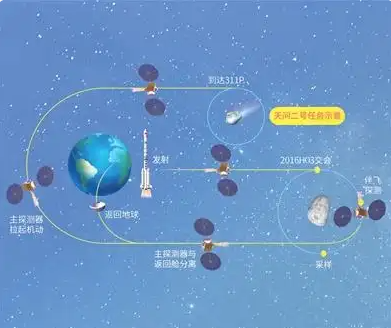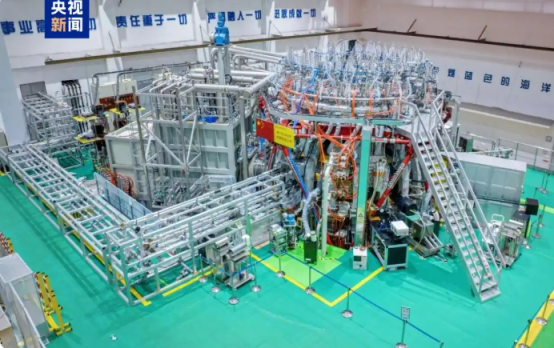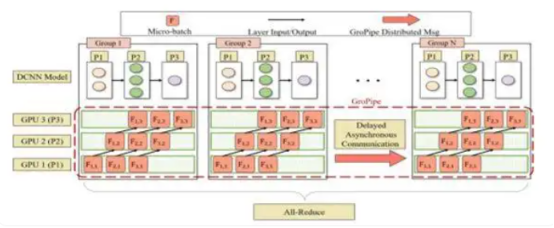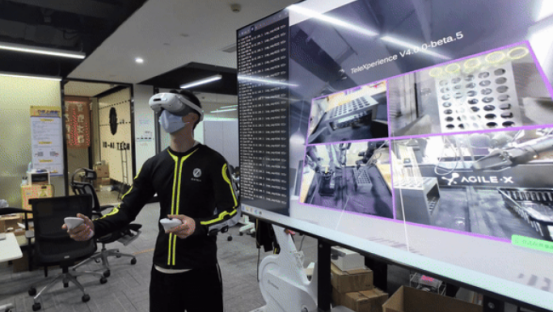In the early morning of May 29, at the Xichang Satellite Launch Center, the Tianwen-2 probe of the Planetary Exploration Program was successfully launched, flying into the vast deep space to embark on an asteroid exploration and sample return journey.
The main mission objectives of Tianwen-2 are to explore and sample the asteroid 2016 HO3, then return the samples to Earth. After that, it will carry out scientific exploration of the main-belt comet 311P. The mission includes 13 flight phases in total, and is planned to reach a distance of about 150 million to 500 million kilometers from Earth at the farthest.

Recently, the China National Nuclear Corporation (CNNC) set a new operational record for China’s fusion device15. The next-generation "artificial sun," named China Circulation III span style="font-size:12.0000pt">III, achieved the "on-million-ampere, hundred-million-degree H-mode" milestone. This accomplishment signifies simultaneous operation at a plasma current of 1 million amperes, ion temperature of 100 million degrees, and high-confinement mode, with the fusion triple product reaching a record high of 10 to the power of 20 magnitude. These breakthroughs propel China’s fusion research rapidly toward ignition experiments
The fusion reaction releases huge energy, and the fusion resources are rich in reserves. The main products are clean and safe, so it is called "the ideal energy source for human beings in the future". Advancing towards the fusion ignition experiment means the core link of the application of controlled nuclear fusion.

3. Chinese Scientists Invent New Hybrid Parallel Algorithm, Nearly Doubling AI Training Speed
Chinese scientists have jointly invented a new hybrid parallel algorithm, GroPipe, which for the first time integrates pipeline model parallelism and data parallelism. In an 8-GPU test, it has accelerated the training of ResNet by 42.2%, VGG by 79.2%, and the BERT model by up to 51%—nearly doubling the AI training speed and breaking through the efficiency bottleneck of large-scale AI training.

DeepSeek has open-sourced the updated R1 model on Hugging Face. The newly - updated R1 model has seen major improvements, performing excellently in benchmark tests such as mathematics and programming, and approaching the international top - tier level. The new - version model has been optimized for the "hallucination" problem, with the hallucination rate reduced by 45% - 50% in scenarios such as rewriting and polishing. The accuracy of complex reasoning tasks has been significantly improved, and the code - generation performance is comparable to that of the OpenAI o3 - high model.

At the recently concluded 2025 ICRA Dual-Arm Robot Capability Boundary Challenge (one of the most influential international events in the robotics field), AIOWIS, a domestic embodied intelligence company, stood out from 88 global participating teams and won the Best Application Award.
It is worth noting that AIOWIS was the only cross-border teleoperation team in the competition. Operators in the Shenzhen office of China precisely controlled the robots at the competition venue 12,000 kilometers away to complete several high-difficulty tasks, achieving a smooth, millisecond-level response throughout the process.
